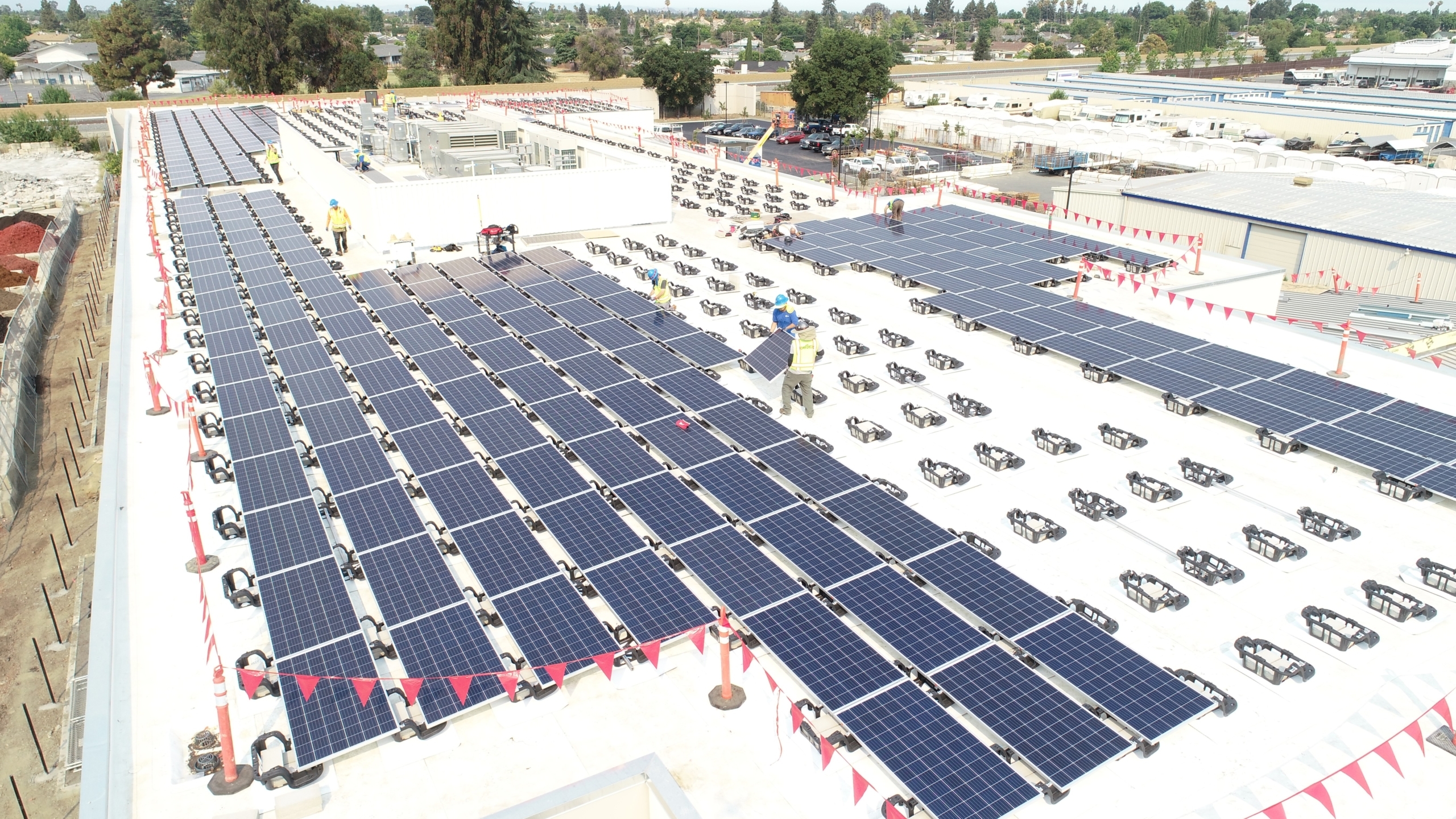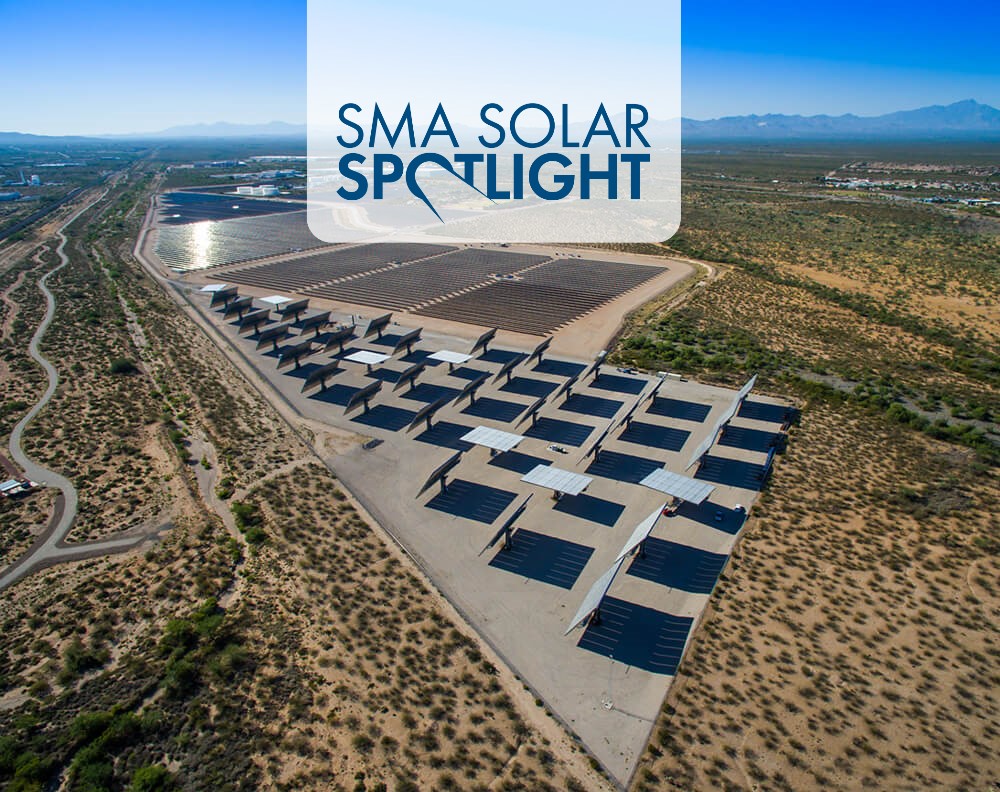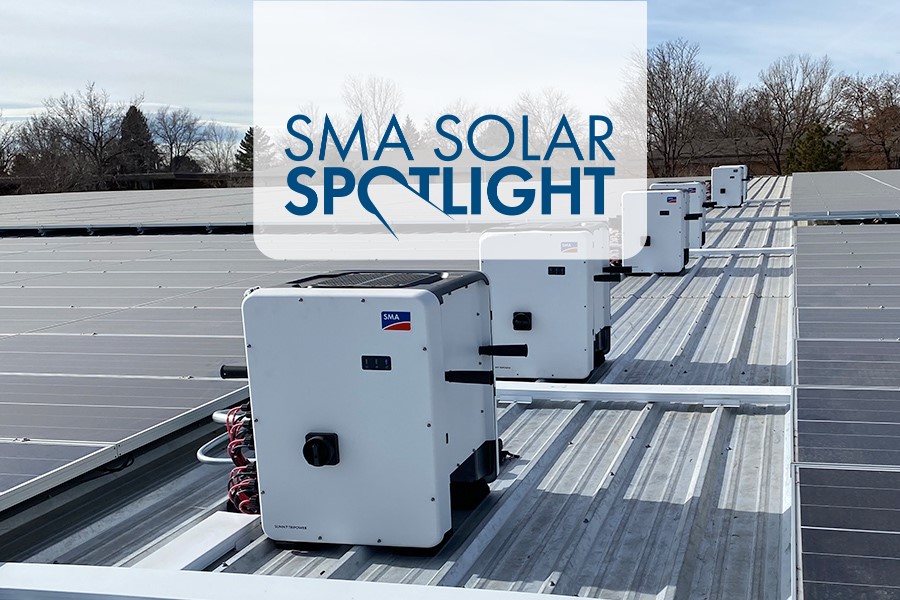When is UL 3741 PV Hazard Control the Superior Choice for Commercial Rooftop PV Systems?

In recent years, the solar industry has adopted module-level rapid shutdown as the default method to meet the requirements of the National Electrical Code (NEC) Section 690.12 for commercial rooftop PV systems, but it’s no longer the only option for installers. Commercial rooftop PV array systems listed to the UL 3741 PV Hazard Control standard, based on passive safety measures, offer an alternative solution to deliver real, rigorously-tested and proven safety improvements.
What is UL 3741 PV Hazard Control?
The requirement for rapid shutdown of PV systems on buildings was first introduced in 2014 NEC with the addition of Section 690.12 Rapid Shutdown of PV Systems on Buildings.
Three years later, NEC clarified that the intention of rapid shutdown was to “reduce shock hazard for emergency responders.” In 2017 NEC also added requirements for the control of conductors inside the array boundary in sub-section 690.12(B)(2). A listed or field labeled rapid shutdown PV array was identified as the first method for complying with inside the control requirements. Then in 2020 the term “emergency responders” was changed to “firefighters,” and UL 3741 was identified as the standard for Photovoltaic Hazard Control.
According to the UL 3741 PV Hazard Control statement of scope, the standard “provides a means for evaluation of PV hazard control components, equipment and systems that provide a reduced level of shock hazard from energized PV system equipment and circuits located within the PV array.” Additionally, “the standard evaluates the hazards associated with potential exposure to DC currents through defined firefighter interactions.”
Testing developed for UL 3741 focuses on reducing the risk that firefighters will become part of a current path when working around the PV array or accidentally falling into it. The safety of the assembled PV array system is verified through comprehensive physical testing involving cooperatively developed procedures and pass/fail criteria based on empirical safety data.
UL 3741 allows for passive measures, such as intelligently planned conductor routing and providing adequate insulation between conductors and conductive components of the array mounting system to reduce the risk of shock hazards to firefighters. Because it doesn’t increase the number of connections in the PV array wiring or rely on additional electronic components, these measures are more reliable, durable and effective at reducing the risk of shock hazards to firefighters.
When is UL 3741 a Superior Solution?
Large flat commercial rooftops are ideal for designing and installing PV arrays based on UL 3741, as they allow for large contiguous sub-arrays where the PV inverter can be placed within the array boundary and serve as the PV rapid shutdown equipment (PVRSE) to de-energize the AC conductors outside the array boundary.
Racking solutions listed to UL 3741 are available today for flat commercial rooftop PV systems. Such systems can be designed, permitted and installed without need for any additional disconnecting devices inside the PV array, which also eliminates the additional connections those devices require.
Simpler is Safer
Simply put – a simpler system is a safer system. Commercial rooftop PV array systems listed to UL 3741 based on passive safety measures are inherently simpler systems. Fewer connections and fewer electronic components mean fewer potential points of failure, reducing the actual need for firefighters and other personnel to be on the roof working around or on the PV array.
If firefighters must access and undertake emergency operations on the roof – whether directly involving the PV array or not – systems engineered to pass UL 3741 certification reduce the risk of firefighters being exposed to life-threatening shock hazards when working around the (potentially damaged) PV array.




Feel free to contribute!